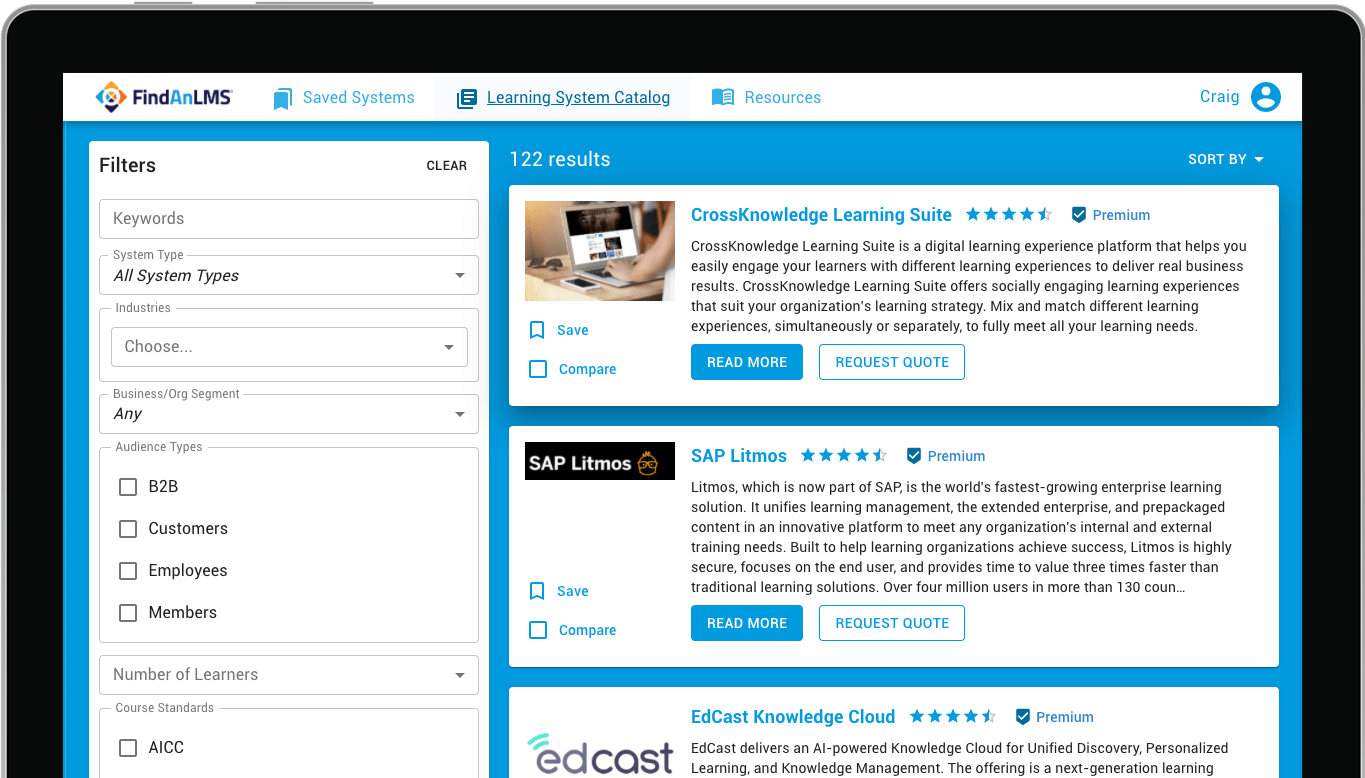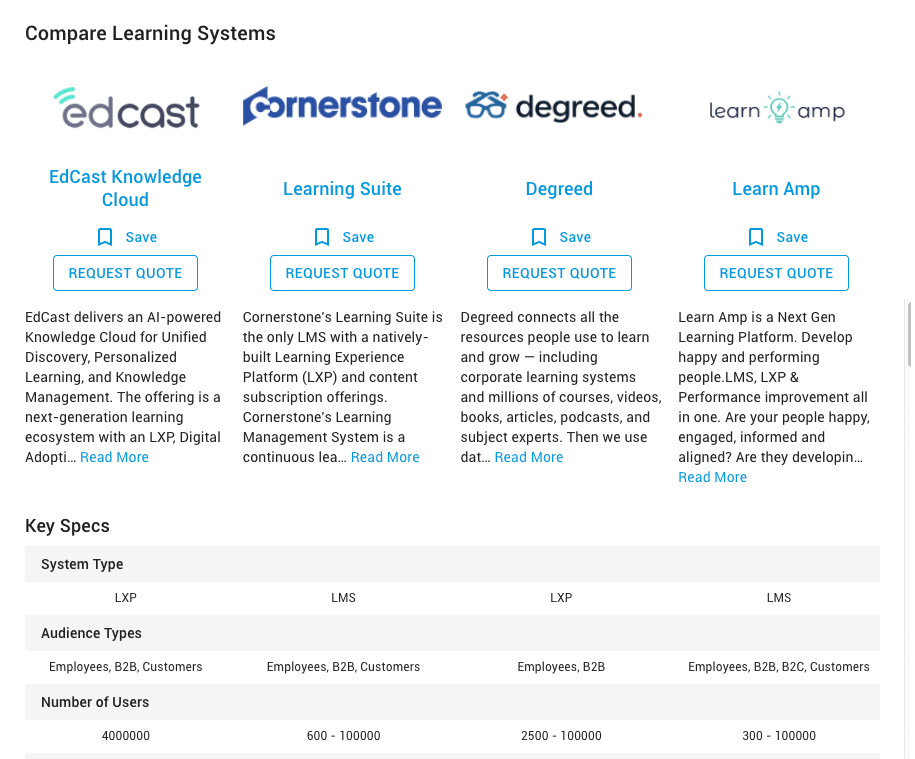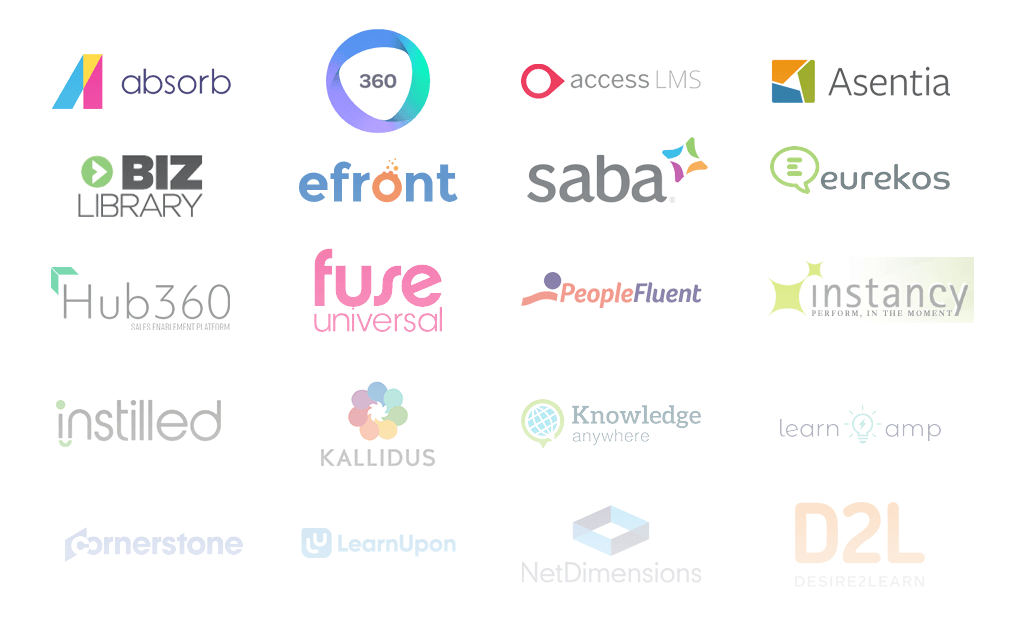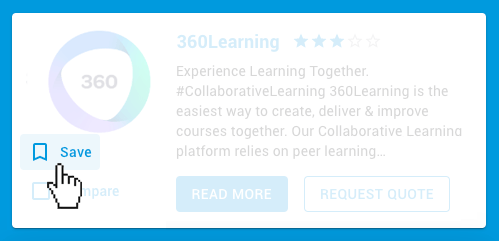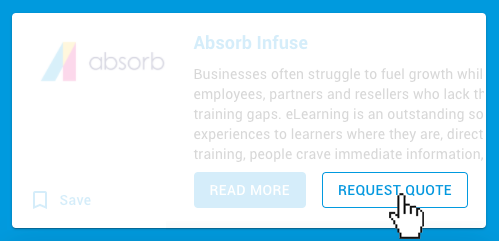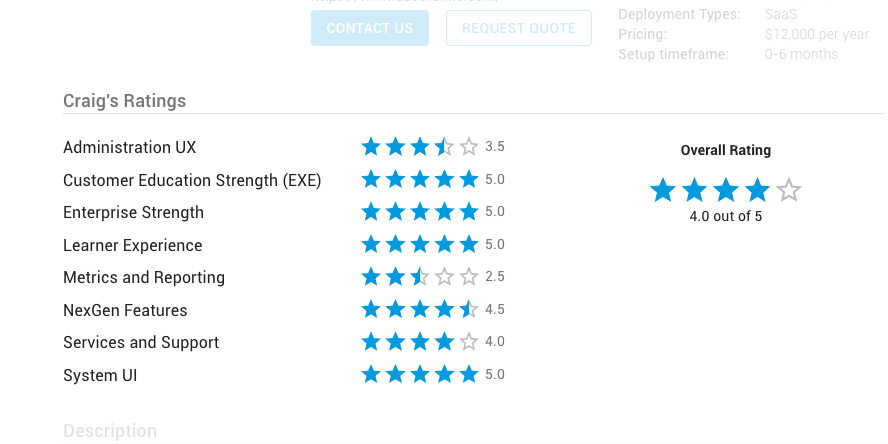So, you’ve decided to take your organization’s eLearning program up a notch by investing in a Learning Management System, or LMS. That’s a good call! Now, you’re probably wondering how you are going to sort through all of the options available to you and choose an LMS. A simple Google search for “learning management systems” yields thousands of relevant results, many of which involve technical jargon that may mean nothing to you.
If you aren’t sure how to proceed, it is best to solicit an expert opinion. Craig Weiss, CEO and Lead Analyst for the Craig Weiss Group, Inc., has been working in the eLearning industry nearly since its inception. Below, he provides his seven best tips for choosing an LMS. Weiss also offers FindAnLMS.com to provide unbiased reviews of all of the top players in the LMS space. You can create a free account on FindAnLMS.com today and start comparing the systems on your shortlist. Here are a few of the criteria you should consider in your research:
Seven Things to Look for When Choosing an LMS
- Understand Learner Needs
The first tip is probably the most important. You have to ask yourself what your learners need and then choose an LMS that delivers those features in the simplest manner possible. For example, an advertising agency might need a shared document editor so that teacher and pupil can collaborate on marketing copy, while asynchronous learning is a key feature for international organizations that have to train team members all over the world. More features are not necessarily better either as they are usually linked to increased complexity. For instance, social learning can be a great way to engage a Millennial audience, but older learners might not get as much out of it. - Consider Your Budget
The best training won’t help your organization pursue its goals if you can’t afford it, so you have to consider the price when choosing an LMS. There are multiple pricing structures in the industry, including monthly or yearly subscriptions (generally called SaaS or Subscription as a Service), lifetime licensing, upper threshold limits on users or content (meaning that you pay a flat rate for x and a premium fee if you exceed that), and per-user pricing. Batch discounts may also be available based on the service you choose. Some LMS providers charge hidden fees, so make sure you’re aware of them before finalizing any purchase. - Go Mobile-Friendly
Learners want to be able to engage with training materials on their terms, which means choosing an LMS that is not only accessible on the smaller screens of smartphones but optimized for them. Many LMS have a dedicated mobile app so that learners can access content wherever they want it while admins can create content at any time, so look for one that offers this functionality. It can really help users buy into your training program. - Consider Integration
Integration means two things when choosing an LMS. First, you want to be able to migrate existing content over to your LMS so you don’t have to replace something that works from scratch. Second, you want to combine your LMS with the tools your team uses every day to bridge the gap between training and workplace performance. Many LMS providers offer a premium service to handle these things for you, but otherwise, you’ll want to choose an LMS with SCORM and API capabilities to retain as much of your existing content as possible. - Track Learner Progress
Your organization’s stakeholders will want to see that their LMS investment is paying dividends, which means that you should choose an LMS with powerful reporting capabilities. Many options can provide both group and individual assessment reports, making it easy to track progress. You should also look for handy features such as sortable dashboards and automatic notifications so that learners and instructors always understand where they are progressing and any areas of opportunity for growth. - Protect Your Information
Some of your training materials might include proprietary information that you don’t want leaking to the general public or a competitor, which makes security very important when you choose an LMS. Firewalls, encryption protocols, and SSL capabilities are all security measures you’ll want to look for. You should also take note of how often LMS solutions receive security updates to stay ahead of the hackers who would love to gain access to your information. - Ensure Reliability
Learners get frustrated when their LMS doesn’t work the way it’s supposed to, causing them to disengage from their training materials and even stop logging in outright. The best ways to measure reliability when choosing an LMS are to read online reviews and look at “downtime,” or how often a system is offline. You should also consider each provider’s disaster management protocols and contingency plans to help you understand what a worst-case scenario might look like.
Armed with these tips, you should be ready to go out there and choose an LMS based on your organization’s unique needs. If you’re interested in a little extra support, you can create a free account on FindAnLMS.com and benefit from Craig Weiss’s peerless insight into the LMS space. There is no better way to compare the systems on your shortlist head-to-head.

